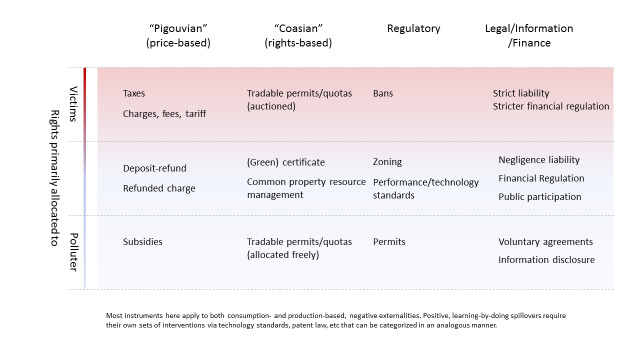Fighting the Anthropocene
Author: Holly Alker, KU School of Law
Technically, the decision of whether or not humans have shifted our current epoch to a point where it earns a separate place on the geological time scale is a determination by physical science. The designation can only occur if a series of votes by bodies of geologists favor the distinction. These geologists are looking for some moment within the geological record where physical, chemical, and biological processes transitioned our world out of the Holocene and into something different, something impacted by human activity. For reference, the shift into the potential geological Anthropocene is expected to have occurred right after the Second World War, if at all (this moment in time is referred to as the “Great Acceleration” because the world’s rapidly growing population began using and altering resources at an exponential rate). This temporal mark may differ, or may not even be particularly defined, when other disciplines or policymakers discuss the Anthropocene.
The process and debate for getting an Anthropocene official distinction has not prevented the term from getting a lot of attention outside of geology. The term has already pervaded the common vocabulary of a lot of circles. To gain the attention of the public and other academics, the Anthropocene has moved “from being a geophysical hypothesis to a normative argument.”
One nonprofit who has grappled directly with the effects of the Anthropocene is the Anthropocene Alliance. The Anthropocene Alliance, a Florida-based nonprofit established in 2017, focuses on building grassroots coalitions impacted by climate change and environmental abuse by humans. These coalitions rest on the reasoning that “the solution to the [Anthropocene/climate] crisis is not obscure. It is simply humans acting in concert–in alliance–to first protect vital air, water, and land and to end the use of fossil fuels and other sources of global warming.” The Anthropocene Alliance focuses on both adaptations to destined climate change and its effects (for instance through the organization’s Higher Ground Program relocating displaced peoples) and mitigation of future risks by reducing emissions of greenhouse gases.
Future Earth is another entity dealing with the Anthropocene head-on. As a network of scientists and innovators across the globe, Future Earth Secretariat has recently developed an award-winning, print and online magazine entitled Anthropocene. The goal of the magazine is to showcase the voices of writers, designers, scientists, and entrepreneurs with ideas of how to use sustainability to change the human age into something we would actually want to be a part of.
Policymakers are in a place to question the best approaches to the Anthropocene as well. This chart is a helpful visual representation of the different approaches at the disposal of policymakers when adapting to or mitigating the consequences of the Anthropocene:

A point of potential interest is that some climate change/climate justice advocates are oppose the way we conceptualize of the Anthropocene for one reason or another. In a recently released book, T.J. Demos critically scrutinizes the Anthropocene terminology as working in support of “neoliberal financialization of nature, anthropocentric political economy, and endorsement of geoengineering.” Additionally, critics including Jason W. Moore and Donna Haraway have challenged the “Anthro” in the popular ideas of the Anthropocene–pointing out that it is really not humanity in itself that has held the reigns as Earth’s course changed, but instead the complex capitalist systems of accumulation we are a part of.